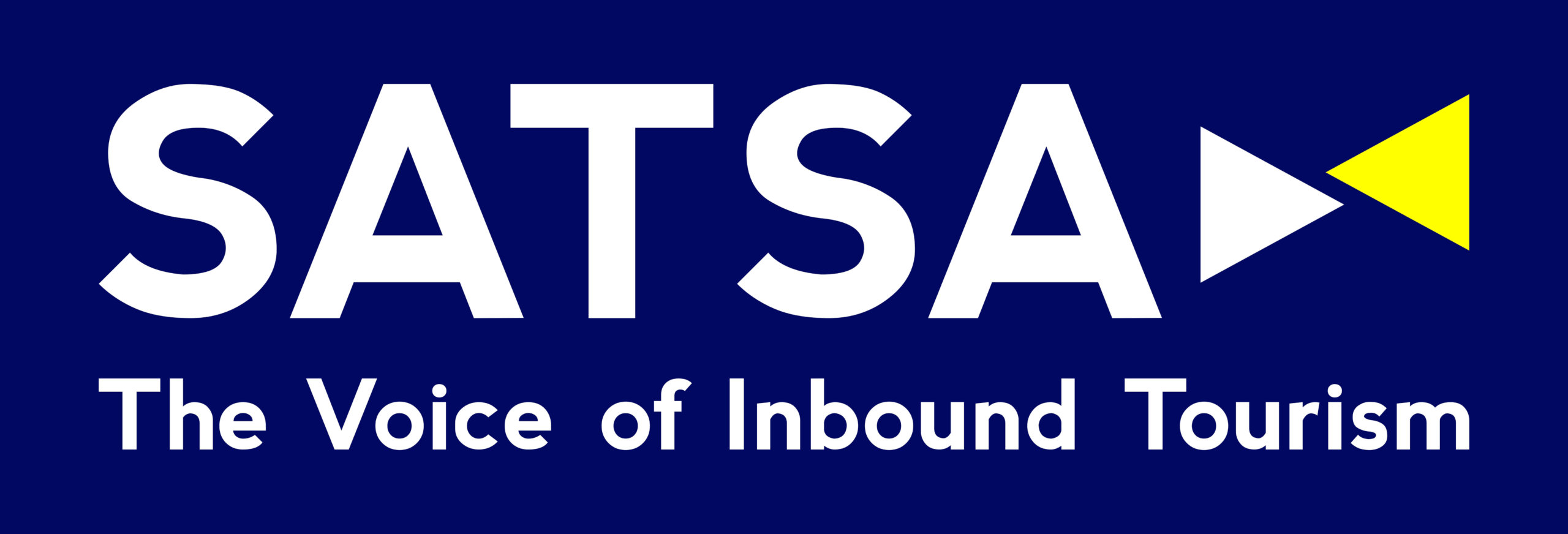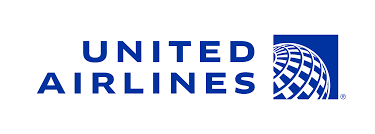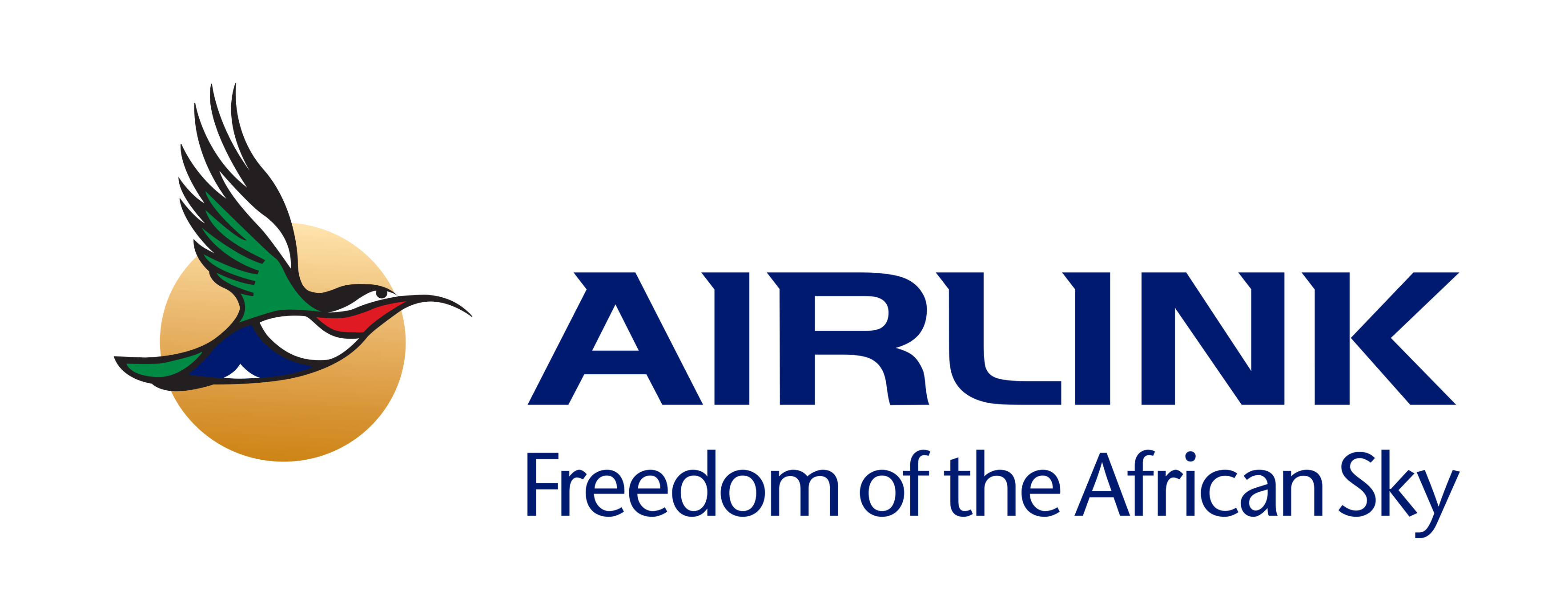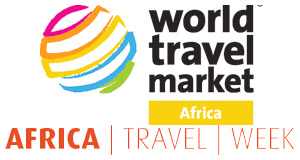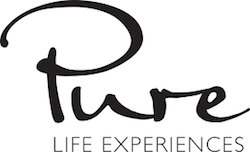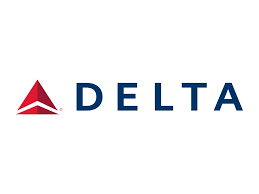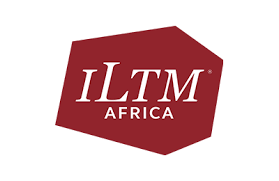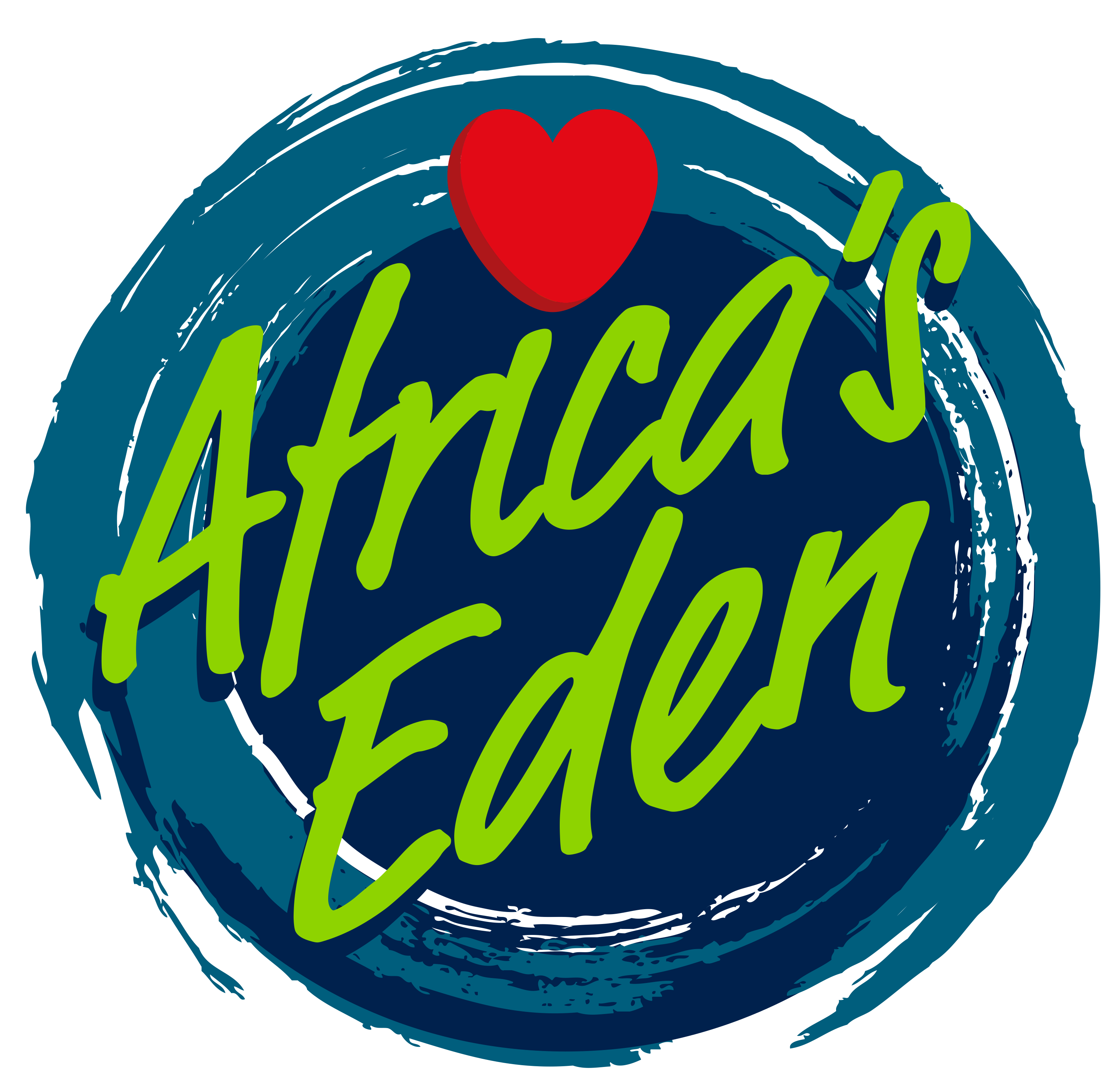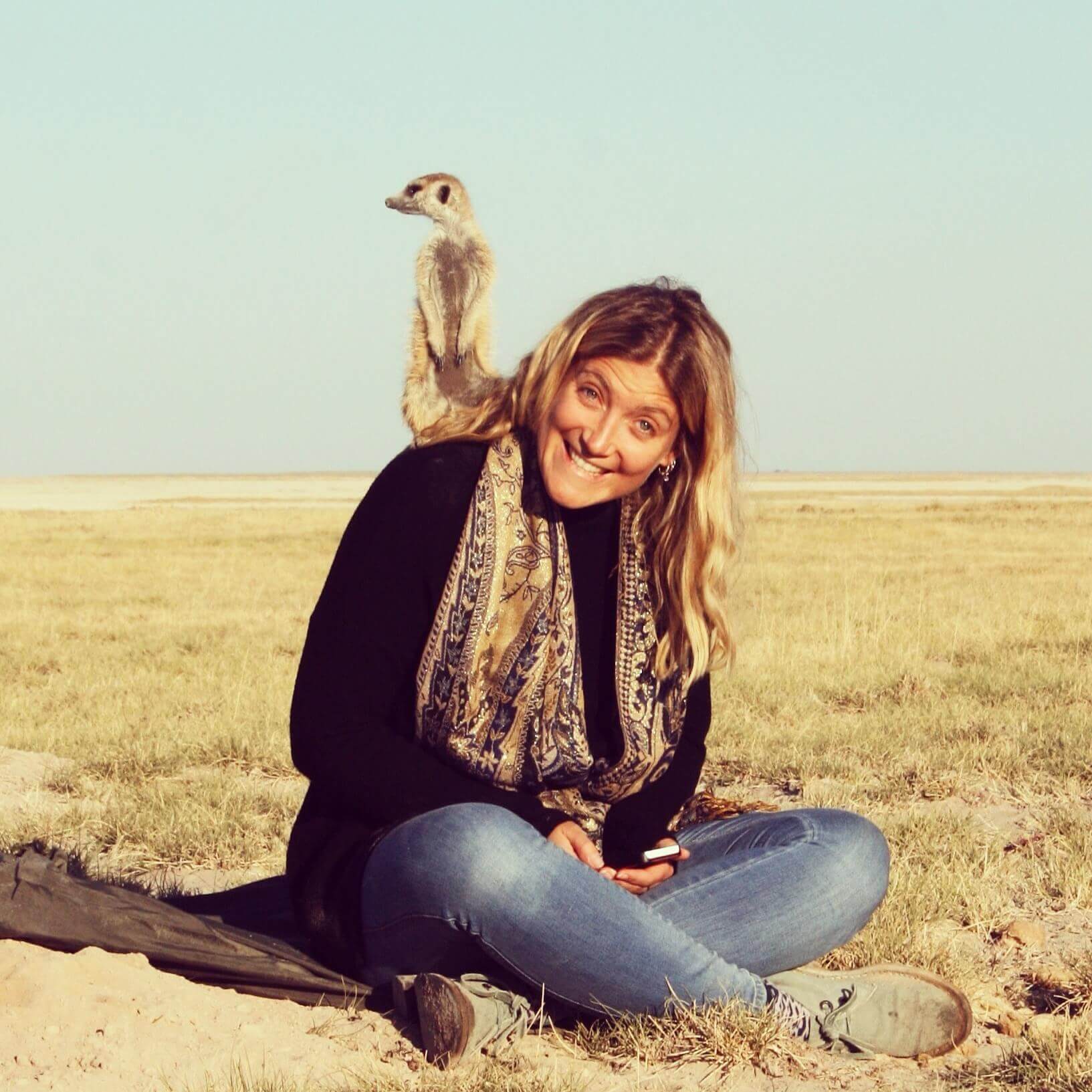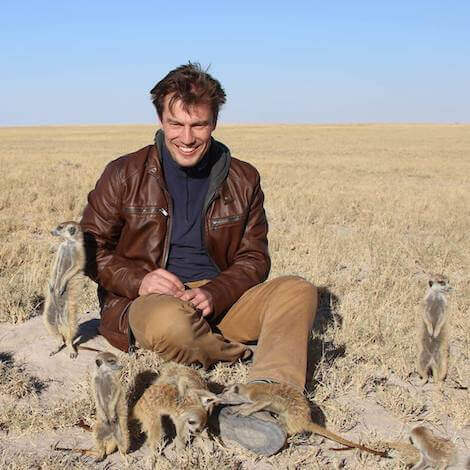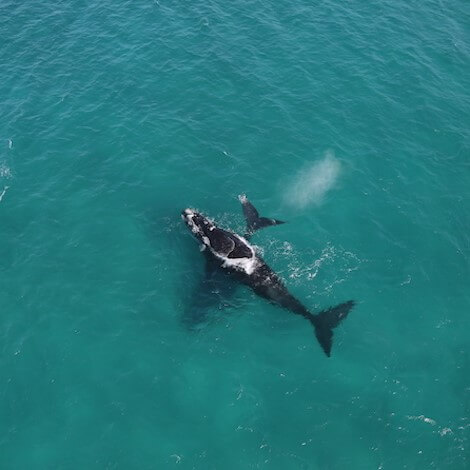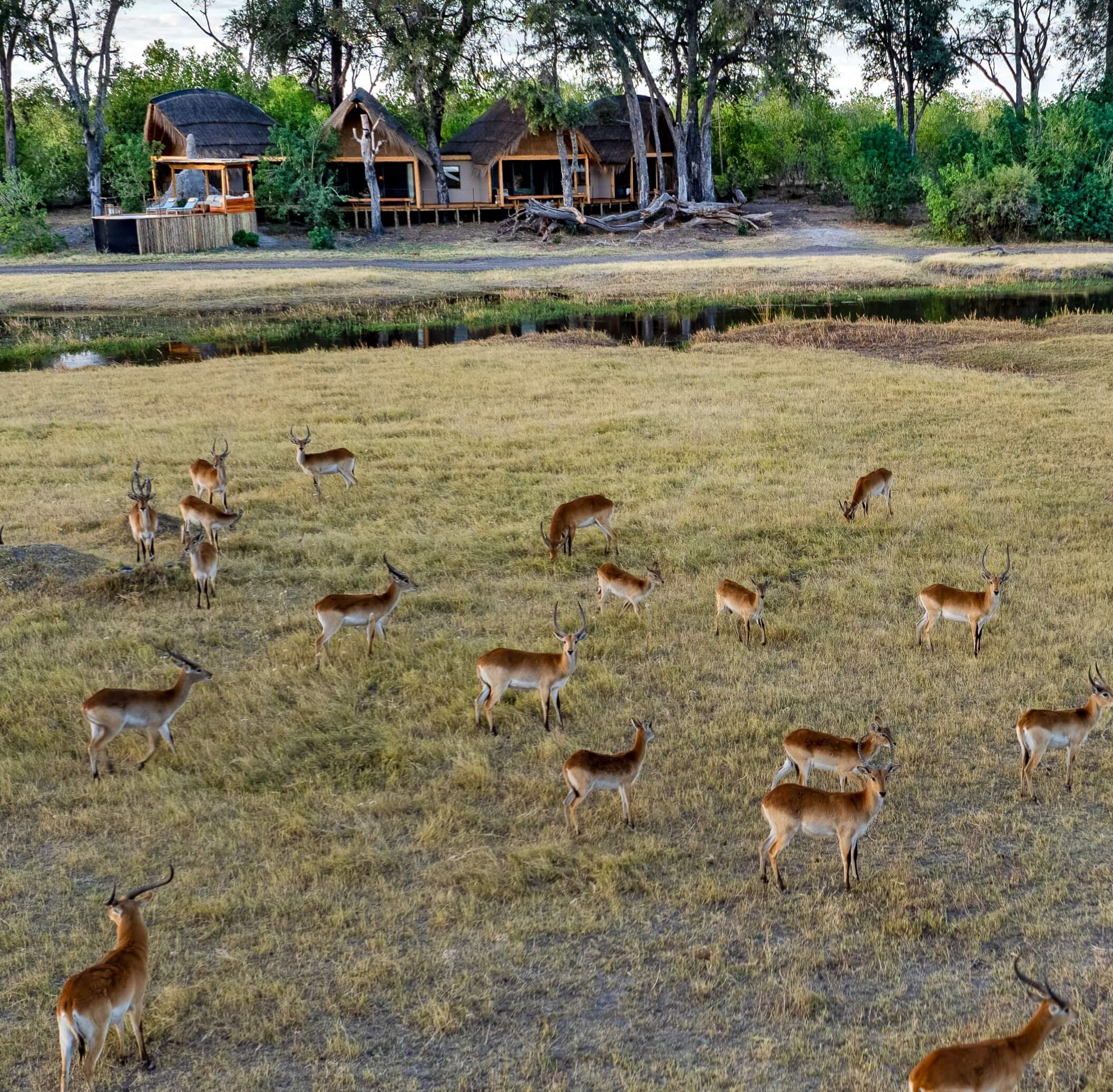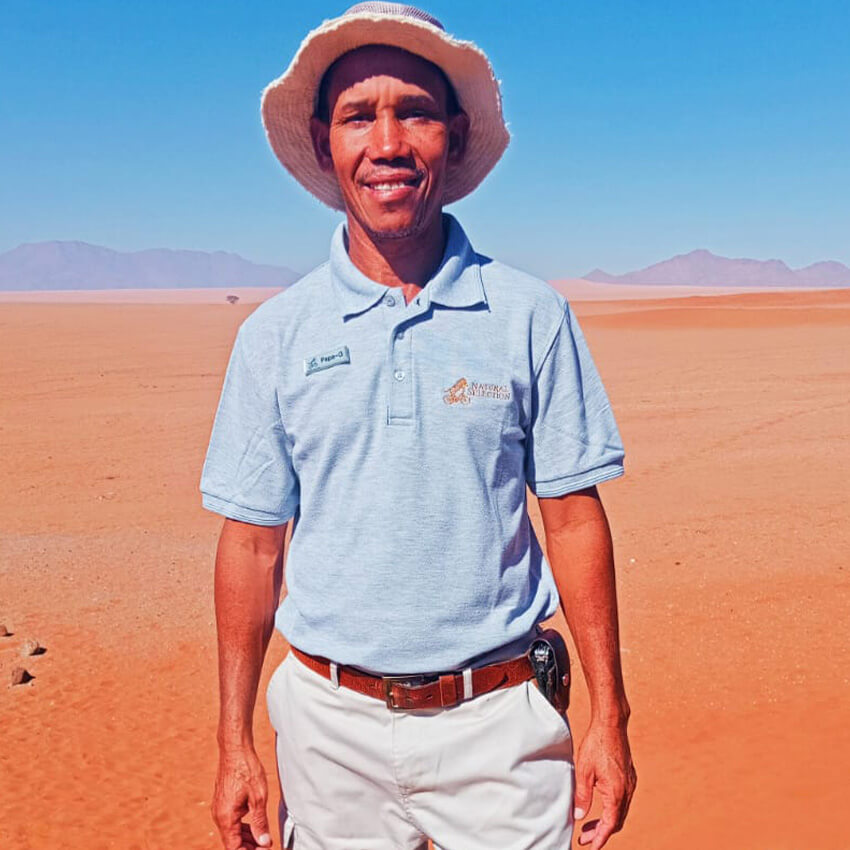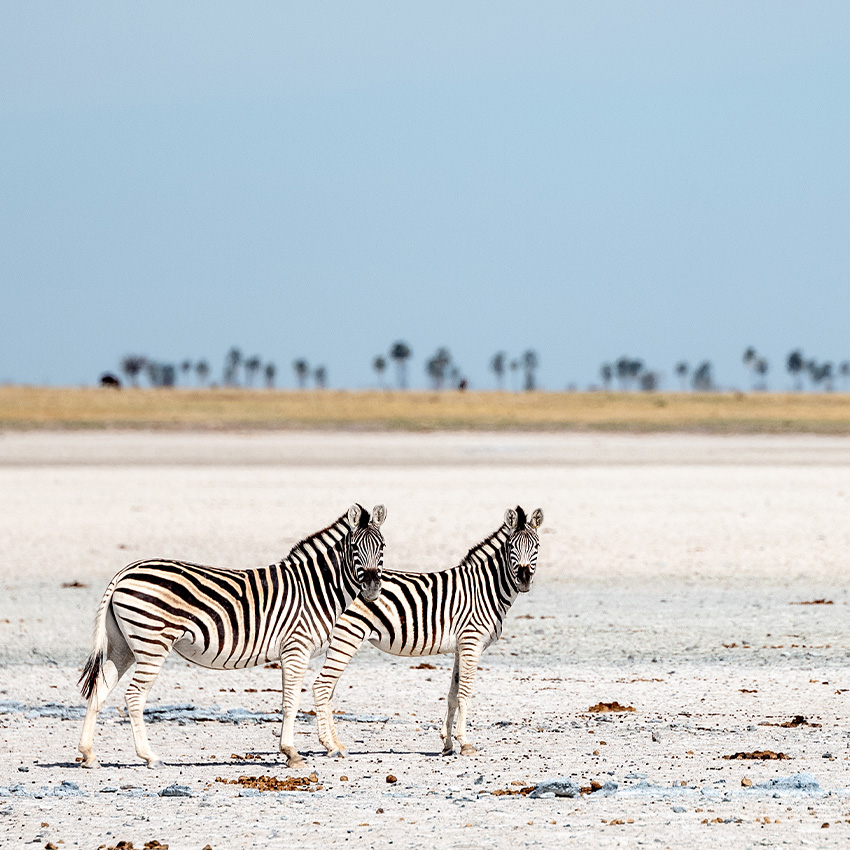Active
Popular
The Great Flood
 Pru Allison
Pru Allison
 May 19, 2020
May 19, 2020
The Okavango Delta is perhaps the name most synonymous with Botswana, and aerials of the silken channels carving their route through the lush landscape, form some of the country’s most iconic imagery. However, the river is no child of the nation, rather a very welcome visitor. This year, the area’s communities and wildlife are more relieved than ever to see the approaching water after disappointing water levels in previous years.
The Okavango – a UNESCO World Heritage Site, comes from source lakes in the Angola Highlands. Still being explored by National Geographic explorers, these mysterious bodies of water are the heart of the Delta, pumping its life blood south. In its infancy the Delta is actually two rivers: the Cuito and the Cubango, which flow like veins.
Prehistorically, the Okavango was part of numerous river systems, including what are now the Zambezi and Kwando Rivers. These systems flowed ultimately into Lake Makgadikgadi – the biggest lake known to have occurred in Africa.
Soon after the two rivers marry they cross the thin strip of Namibia that juts out between Angola (a little bit of Zambia) and Botswana, known as the Zambezi Region. The Delta waters exist as a standard river system prior to their arrival in Botswana. Shortly after flowing across the border though, the sweep hits a depression between two parallel fault lines – the Gumare fault and the Kunyere fault. Here, the fast flowing waters are slowed by thick papyrus and reed beds until they meet a perpendicular fault and spill over it into the famous hand shape of the Delta.
The Boro River is one of the main channels that drains the Delta. The river empties at a right angle into the Thamalakane River – a waterway created by a fault of the same name. Some 40 kilometres to the west there’s a break, which empties the river to form the Boteti River. Incidentally, it’s along this river that Meno a Kwena camp is situated – one of the very best places to take in views of wildlife at the water.
Since the Delta is so flat is spills out very slowly, seeping through what would otherwise be sand, and washing hope towards the many lives that depend on its arrival.
“The Okavango Delta is a World Heritage site and a dynamic ecosystem pulsed by the annual flooding of the Okavango River,” explains Murray McCallum, sustainability specialist at Natural Selection.
“This annual flooding creates a ‘fluid edge’ to the Delta influencing both animal and human activity and distribution. Its near pristine state can largely be attributed to it being the dynamic and predominantly inaccessible wetland system that it is. It is an ecosystem of remarkable habitat and species diversity, and a refuge for some of the world’s most endangered species of large mammal.
The watery world of the Delta is in stark contrast to the surrounding rain fed Kalahari, making the Okavango Delta the basis for subsistence livelihoods of the local population, and its abundant wildlife a major tourist attraction on which the burgeoning tourism industry and local communities increasingly rely on.”
The system’s progress is watched keenly from a small settlement just south of the Delta, where dusty sand covers the roads and donkeys enjoy right of way. Maun is a safari town in the truest sense, and here seasoned adventurers monitor the rains and eagerly anticipate the size of the flood each year. Maun developed along the Thamalakane River, and its water supply comes from well fields along the Thamalakane and Shashe Rivers. The weathered safari folk in the town are able to watch the progress of the floods and use it as an indication of the rest of the region. Not only do most work in the safari industry, but the Maun lifestyle dictates that when the waters wash into town it’s time for them to take to the river by boat and tell tales of near misses with elephants, crocs and pretty women as they sip a beer.
The first inkling of the flood is the ‘pula’ – the Setswana word for both the currency and rain, and an indication of just how precious this water is. The rain begins to fall in both Angola and the Kalahari around November and continues until February or March. The Kalahari, being semi-arid, dries up quickly, leaving the water-dependent animals to struggle as they await the Angolan waters to flood into the Delta. The floods usually arrive in the panhandle between March and April, and it tends to be May before the water reaches the palm of the Okavango where most of the reserves are situated. July usually sees the river fill up in Maun. This year though, celebrations are in order, as the flood has already washed into Maun.
Not only does this promise excellent game viewing, but it provides the rural communities with water, and the high waters act as a deterrent for poachers as access is so much harder, whereas last year they were able to walk into the middle of the Okavango.
Hennie Rawlinson, our Botswana managing director, and long time Maun resident set up a Facebook group to monitor the flood this year, and such is the interest that the page has garnered 2,000 members in the two weeks since it was established, most of whom sought distraction from the country’s lockdown by placing bets on the flood’s arrival in the dusty little town.
A number of the locals may well be spotted kneeling down at the head waters of the flood and washing their hands and faces with it. This is to cleanse away any misfortunate and bring good luck. The new water is considered a blessing with mystical powers.
Poetic former Okavango resident Beck Field was so touched by the flood that she wrote this piece, Waiting For The Thamalakane.
A coke can marks the spot,
life in Maun changes here.
It is July.
This is the flood,
a fluid reptile approaching,
the bridge –
the town –
settling dust and sage
particles of winter
never taken for granted.
The word spreads it’s passed the bridge,
picnic smells of grilling meat,
donkeys belly-deep drinking,
a town’s attitude alters overnight.
There is a hippopotamus
outside our garden gate,
children fishing further down.
Five pelicans glide overhead –
Scoops of ice cream on a sore throat.
there is a river –
(there is a life)
it is here,
we have chosen it.
Special Offers
Our special offers are designed to help you experience everything southern Africa has to offer whilst also saving some all-important pennies. Whether you’re about to embark on a once-in-a-lifetime solo trip, or are celebrating a special occasion, have a peek at our offers and see what could be in store for you.


